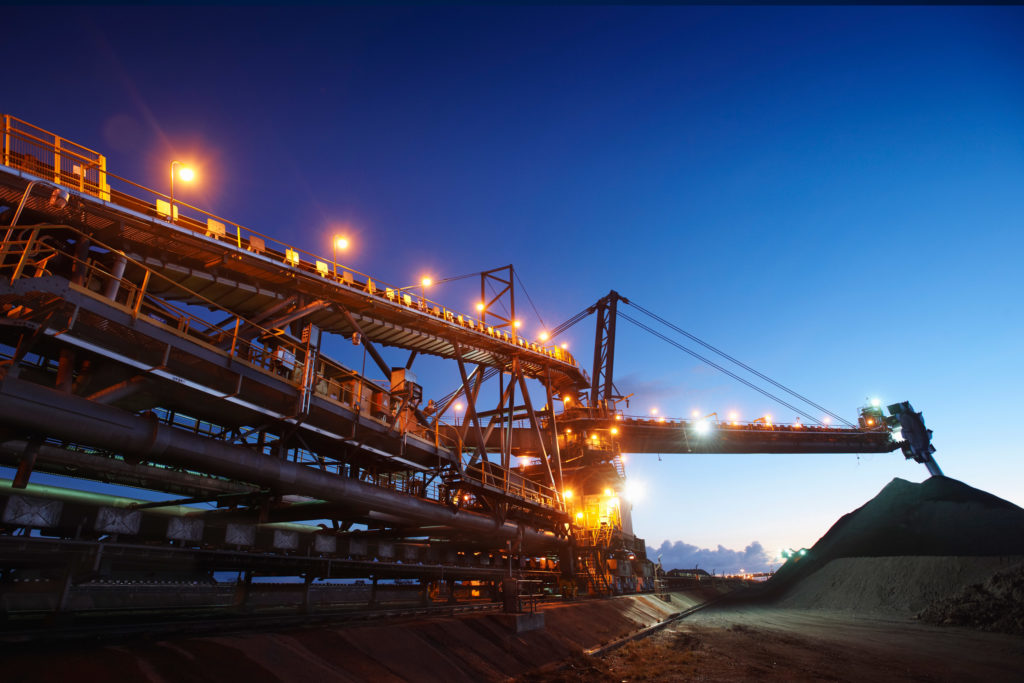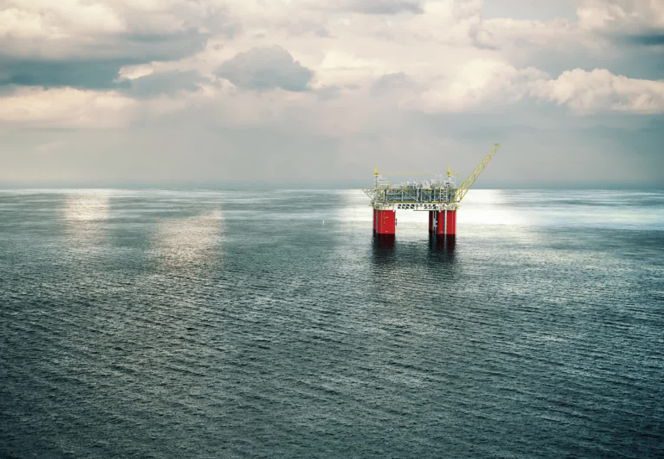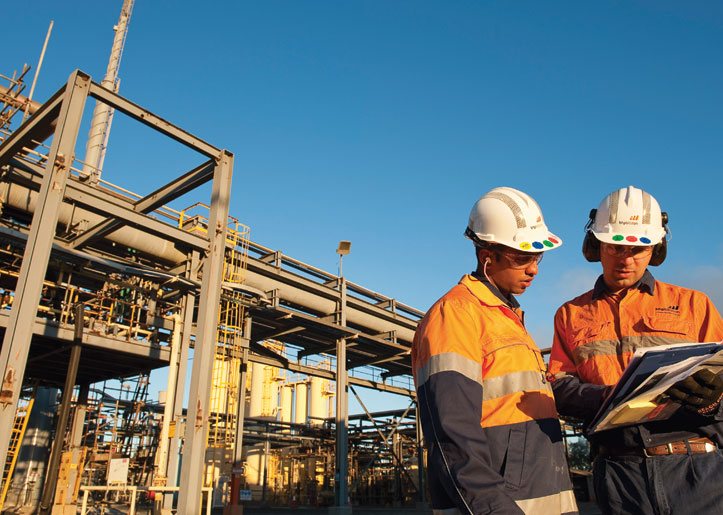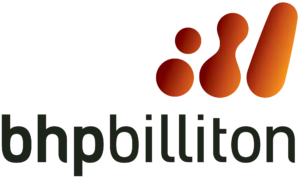BHP is an industry leader in the diversified resources sector with operations spanning the globe. BHP has operations in South East Asia, Australia, North and South America, North Africa and Northern Europe. BHP’s asset groups include Minerals Australia, Minerals Americas, Petroleum, and Marketing, which is an independent core business.

BHP’s roots go back to the mid-1800s to two small mining companies. Incorporated in 1885, Broken Hill Proprietary (BHP) began in a silver, lead and zinc mine in Broken Hill, Australia. By 1885, BHP had discovered, developed, produced and marketed iron ore, copper, oil and gas, diamonds, along with silver, lead, zinc and a host of other natural resources. On the other side, Billiton’s roots go back to 1851 to a tin mine on Billiton (Belitung) Island in Indonesia. Billiton became a global leader in the metals and mining industry, and was a major producer of aluminum and alumina, chrome and manganese ores and alloys, steaming coal, nickel and titanium minerals. After more than 100 years, BHP and Billiton merged in 2001.

Today, BHP operates a wide variety of mining, processing and oil and gas production operations in over 25 countries, employing approximately 41,000 people. BHP’s Petroleum unit comprises conventional and unconventional oil and gas operations, and includes exploration, development, production and marketing activities in the United States, Australia and Trinidad and Tobago.

Among its petroleum operating assets, BHP has significant operations in the U.S. Gulf of Mexico. BHP operates two fields in the Gulf of Mexico – Shenzi (44 per cent interest) and Neptune (35 per cent interest). The company also holds non-operating interests in three other fields – Atlantis (44 per cent interest), Mad Dog (23.9 per cent interest) and Genesis (4.95 per cent interest). All of BHP’s producing fields are located between 155 and 210 kilometers offshore Louisiana.

Sustainability and safety is at the center of BHP. The BHP Charter value of Sustainability articulates safety as a fundamental element. The company’s material safety risk assessments include potential community impacts and controls to mitigate these broader impacts. BHP’s Requirements for Safety standard defines a number of the most common safety risks and their minimum controls. Each operation assesses further controls that may be required to manage the specific risks at their operation to meet the objective of no fatalities. BHP believes having the right controls in place to effectively manage risks that have safety impacts will lead to improved safety outcomes.

BHP continues to provide opportunities for interaction to improve its safety performance. Routine engagement with employees and contractors includes health and safety committees; pre-start meetings; in-field leaders discussing job-specific safety risks; and safety toolbox talks; all of which visibly demonstrate their priority of working safely.
To read more about BHP click here.


